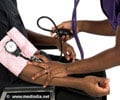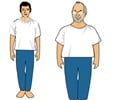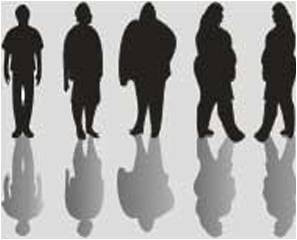Overweight and obese children, adolescents are at an increased risk of hypertension, says study published in The Journal of Clinical Hypertension.

"This study's findings suggest that pediatricians need to be particularly vigilant about screening overweight and obese children for hypertension because high blood pressure can be asymptomatic for many years," said Corinna Koebnick, PhD, lead author and researcher at Kaiser Permanente Southern California's Department of Research & Evaluation.
Researchers examined the electronic health records of nearly 250,000 children aged 6 to 17 years who were enrolled in Kaiser Permanente in Southern California between January 1, 2007 and December 31, 2009. The study used the first four consecutive blood pressures measured routinely as a part of clinical care during the 36-month time period.
"High blood pressure in children is a serious health condition that can lead to heart and kidney disease," said researcher David Cuan, MD, Department of Pediatrics, Kaiser Permanente Riverside Medical Center. "While it is generally recommended that pediatricians measure blood pressure in children three years and older at every health care visit, this study shows the importance of screening overweight and obese young people in particular as they have an increased likelihood of hypertension."
The present results also suggest that the currently used classifications for overweight and obesity in children may be an effective tool for identifying children at high risk for hypertension. For this study, researchers used sex-specific BMI-for-age growth charts developed by the Centers for Disease Control and Prevention combined with the World Health Organization definitions for overweight and obesity in adults. Being above the threshold for overweight was an indicator for prehypertension, while being above the threshold for obesity was an indicator for hypertension.
"This study highlights a great use of existing high-quality data for addressing important scientific questions, in this case, the challenge of screening asymptomatic children for hypertension," said Matthew F. Daley, MD, a pediatrician and a researcher at the Institute for Health Research, Kaiser Permanente Colorado. "The findings of this study suggest that we should focus our limited resources on the children who need the most timely follow up."
Advertisement
Source-Eurekalert













